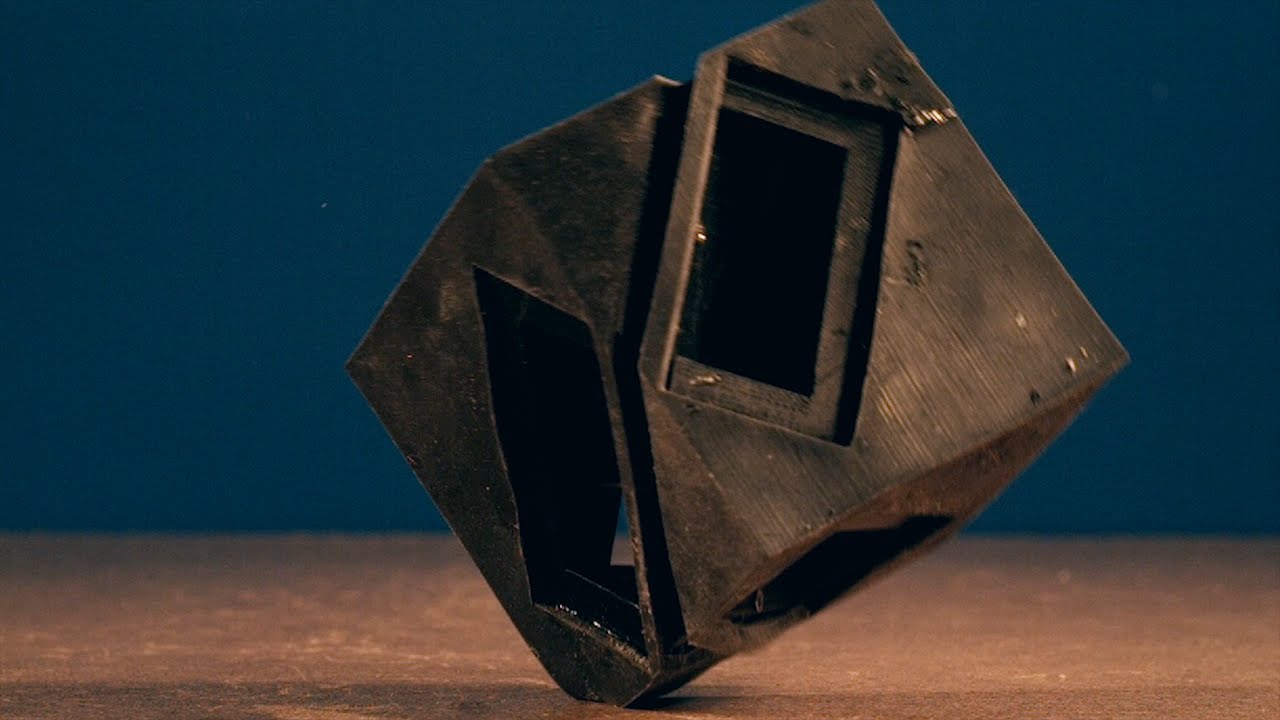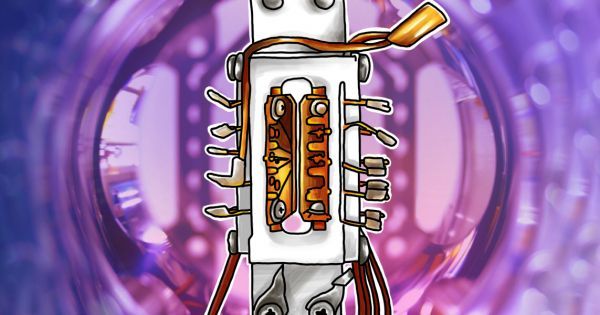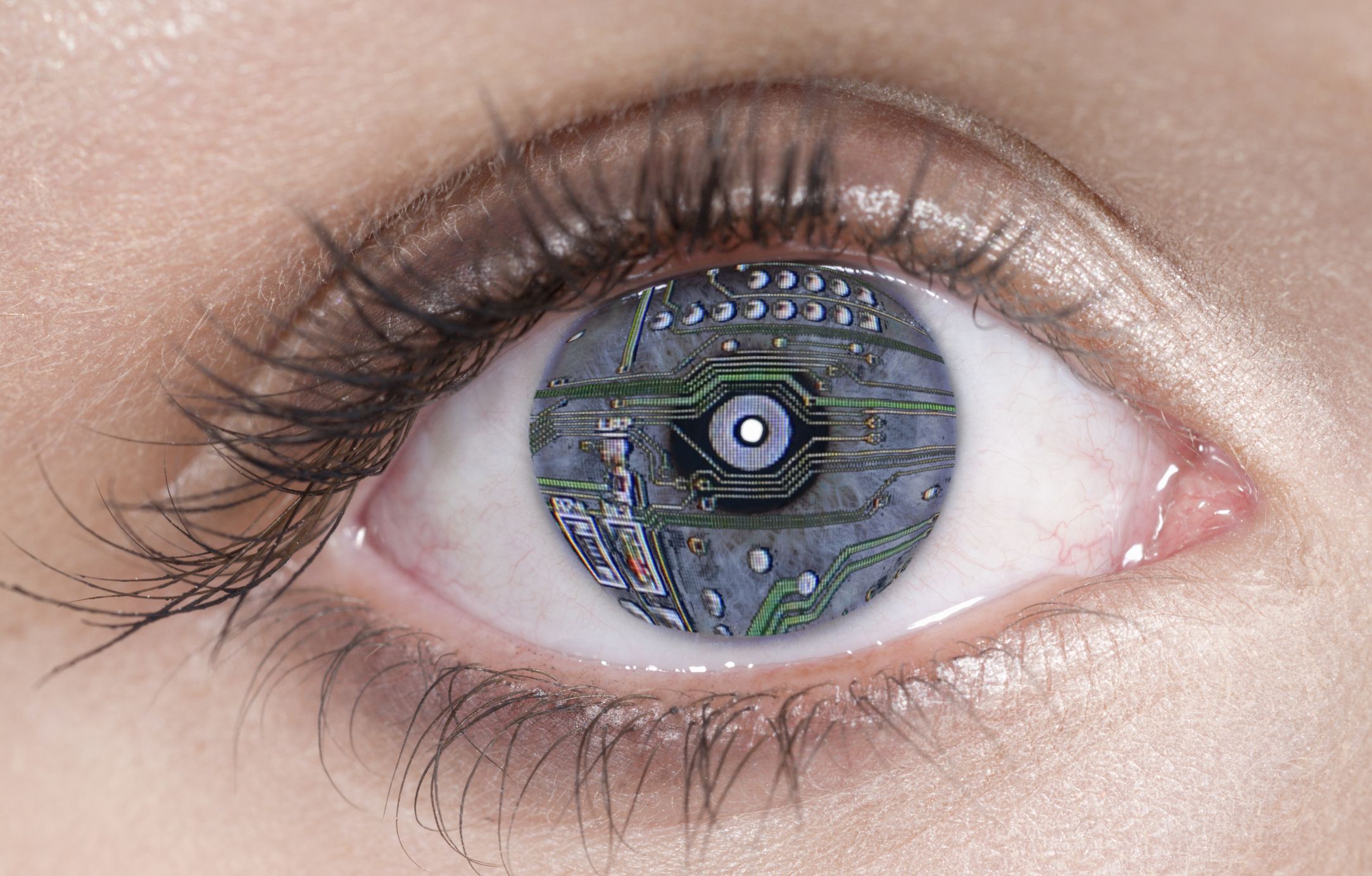Oct 4, 2016
Quantum computing: What businesses need to know
Posted by Karen Hurst in categories: business, computing, particle physics, quantum physics
Most people will be familiar with Moore’s Law which states that the number of transistors it’s possible to get on a microprocessor doubles every 18 months. If this holds true it means that some time in the 2020s we’ll be measuring these circuits on an atomic scale.
You might think that that’s where everything comes to a juddering halt. But the next step from this is the creation of quantum computers which use the properties of atoms and molecules to perform processing and memory tasks.
If this all sounds a bit sci-fi, it’s because practical quantum computers are still some way in the future. However, scientists have already succeeded in building basic quantum computers that can perform certain calculations. And when practical quantum computing does arrive it has the potential to bring about a change as great as that delivered by the microchip.
Continue reading “Quantum computing: What businesses need to know” »
















